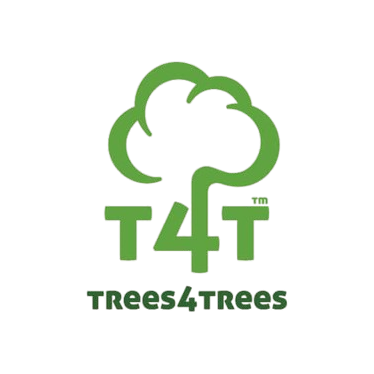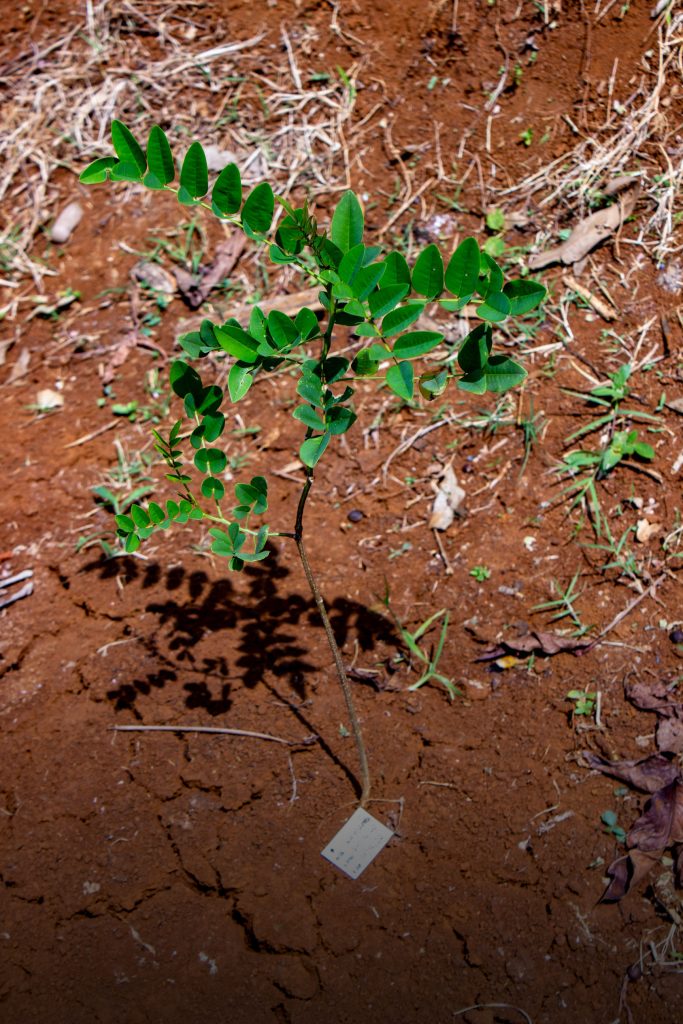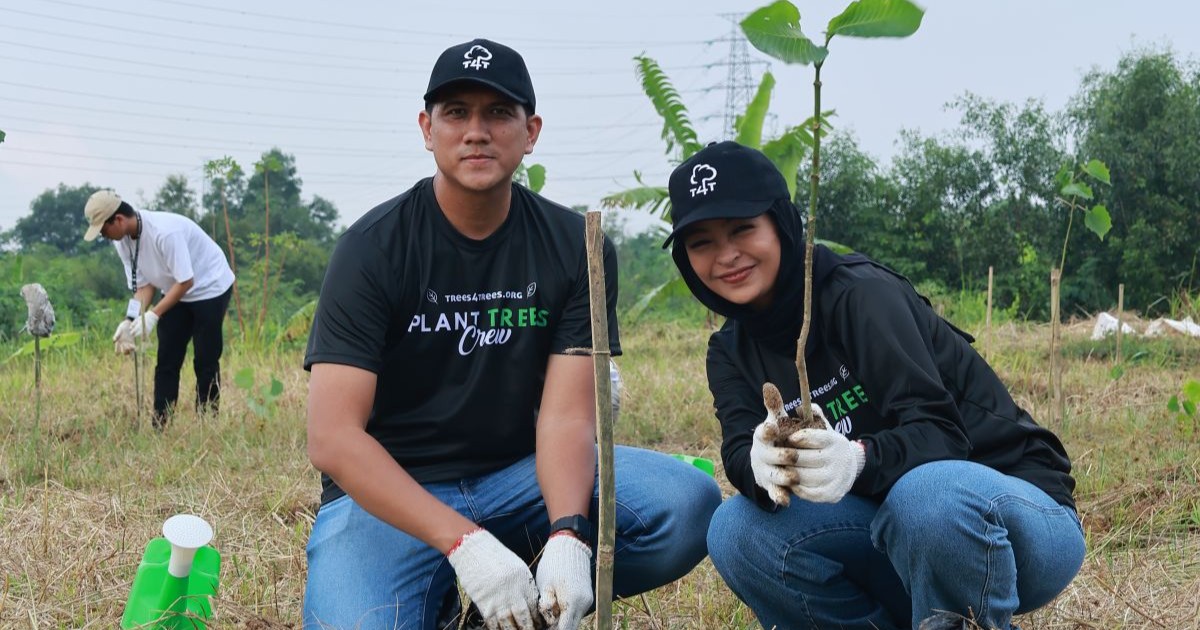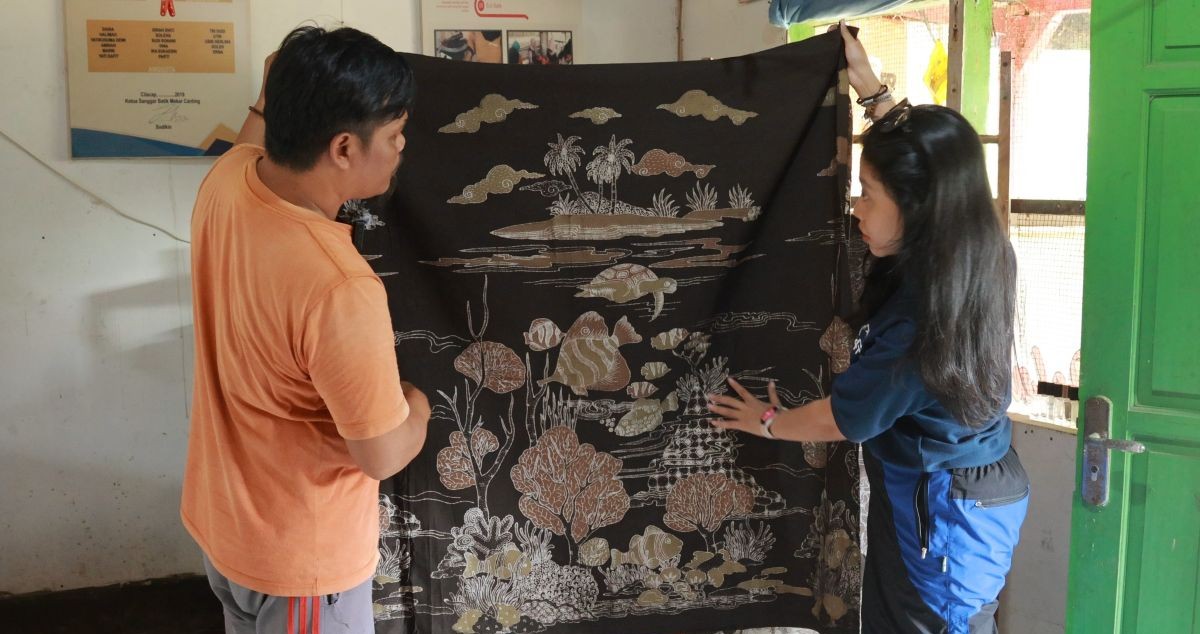Common Name |
Indigofera |
Description |
Erect shrub or small tree, up to 12 m tall. Branches subsericeous with minute brown or white, biramous, appressed hairs. Leaves imparipinnate; stipules linear, up to 8 mm long; leaflets 11-23, elliptical to ovate, 2-8 cm × 1-3 cm. Inflorescence an axillary, many-flowered raceme, 8-10 cm long; flowers about 0.5 cm long; calyx brown-sericeous, 2 mm long; corolla whitish, pink or dark purple; standard ovate, up to 5 mm × 4 mm, dorsally sericeous. Pod subcylindrical, 2.5-4.5 cm × 0.5 cm, glabrous, beaked, about 16-seeded. I. zollingeriana occurs mainly on coral strands and sandy beaches, up to 850 m altitude
Widely distributed in South-East Asia, southern China and Taiwan. Occasionally introduced elsewhere (e.g. in Sri Lanka). |
Products |
Indigofera zollingeriana can be used as animal feed which is rich in nitrogen, phosphorus and calcium. Indigofera zollingeriana is very well used as forage for animal feed and contains 27.9% crude protein, 15.25% crude fiber, 0.22% calcium, and 0.18% phosphorus. The indigofera zollingeriana legume has a high protein content, is tolerant of the dry season, is a pool of water and is resistant to salinity and high protein content (26% -31%) accompanied by a relatively low fiber content and a high level of digestibility (77%). This plant is very good as a source of forage both as a basic feed and as a supplement to feed protein and energy sources, especially for livestock in high production status (lactation) because it is tolerant of drought, then Indigofera zollingeriana can be developed in areas with dry climate to overcome the limited availability. forage especially during the dry season. Another advantage of this plant is that its tannin content is very low, ranging from 0.6 to 1.4 ppm (far below the level that can cause anti-nutritional properties). |







